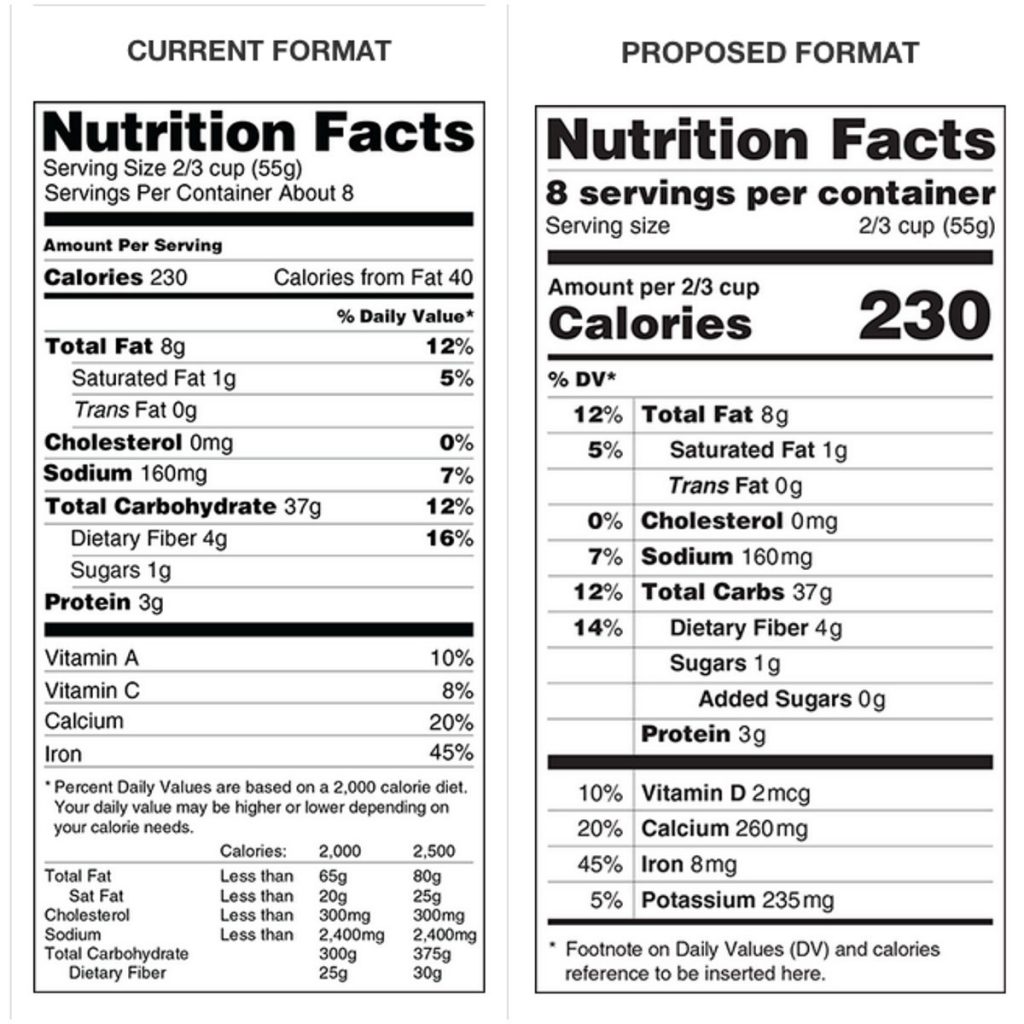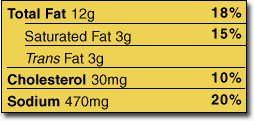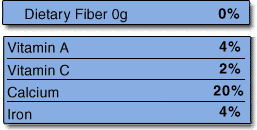Reading a Food Label
Well, it depends heavily on what you’re eating, as always.
We have a saying here, ‘Labels, labels, labels!’ It is so important to make sure you are reading the labels, but if you don’t know what is good and what is bad for you, it’s hard to read the label and know what you’re actually putting into your body.
The FDA is proposing a new product label format (see below) but it is also important to understand what each of these words are, what they mean for your nutrition, and how they add to your daily caloric intake.
Nutrition Labels

To review the full details of the facts and fiction behind a product label, see the FDA’s rundown of how to interpret the facts, here.
Serving Size
The first place to start when you look at the Nutrition Facts label is the serving size and the number of servings in the package.
Serving sizes are standardized to make it easier to compare similar foods; they are provided in familiar units, such as cups or pieces, followed by the metric amount, e.g., the number of grams.
Pay attention to the serving size, especially how many servings there are in the food package. Then ask yourself, “How many servings am I consuming”? (e.g., 1/2 serving, 1 serving, or more)
Example:
If the servings per container say (2), no matter the size of the packaging, the label ONLY reflects one serving. If you eat the whole package, in this example, you would double all the nutrition facts.
Calories
Calories provide a measure of how much energy you get from a serving of this food.

Many Americans consume more calories than they need without meeting recommended intakes for a number of nutrients.
Remember: the number of servings you consume determines the number of calories you actually eat (your portion amount).
Another example:
In the picture of the label above, there are 8 servings per container:
1 serving= 2/3 cups
8 servings= 5 1/3 cups
Calories= 230 (for 1 serving), calories from fat=40
Eating the whole package of food for this specific item would equal 1, 840 calories, and of those calories, 320 of those are from fat.
If read our calorie counter blog, your daily caloric intake may or may not be this package of food!
General Guide to Calories
- 40 Calories is low
- 100 Calories is moderate
- 400 Calories or more is high
And Limit These Nutrients

Eating too much fat, saturated fat, trans fat, cholesterol, or sodium may increase your risk of certain chronic diseases, like heart disease, some cancers, or high blood pressure.
But, Focus on These Nutrients

Most people don’t get enough dietary fiber, vitamin A, vitamin C, calcium, and iron in their diets, eating a diet high in dietary fiber promotes healthy bowel function. Additionally, a diet rich in fruits, vegetables, and grain products that contain dietary fiber, particularly soluble fiber, and low in saturated fat and cholesterol may reduce the risk of heart disease.
